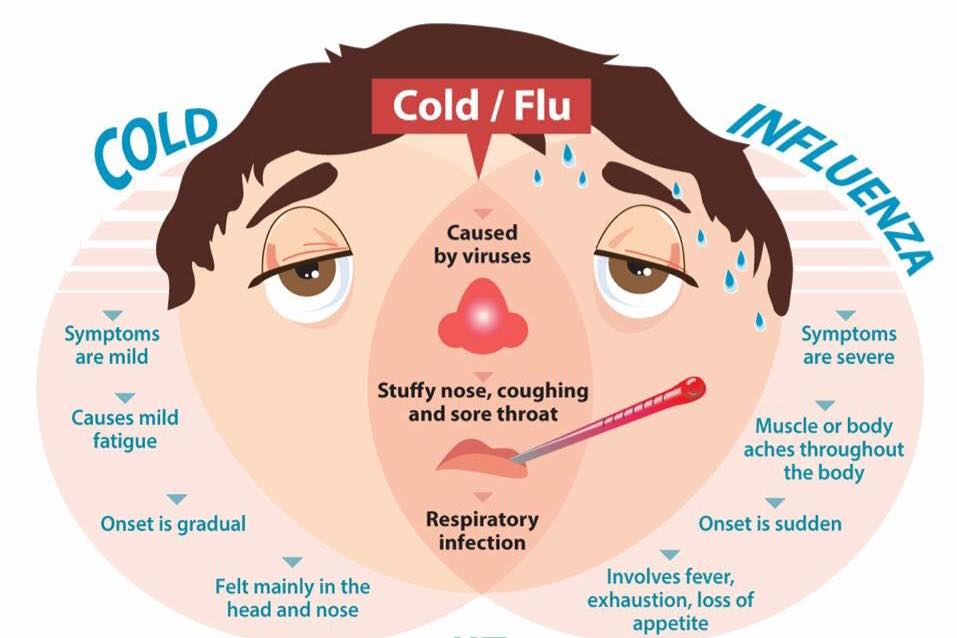Health Impacts of Hidden Mould & What Australians Need to Know

Why Is Hidden Mould Dangerous to Your Health?
Hidden mould is a silent but serious threat to health in Australian homes. Unlike visible mould, which can often be treated quickly, hidden mould grows in places that are not immediately visible, such as behind walls or under floors. This makes it more difficult to detect and can lead to prolonged exposure to harmful mould spores.
When mould spores are inhaled, they can cause a variety of health problems. These range from mild allergic reactions, such as sneezing and coughing, to more severe respiratory issues. For people with asthma, mould can trigger attacks and worsen symptoms, making it harder to manage the condition. Even in healthy individuals, prolonged exposure to mould can lead to the development of sensitivities, resulting in chronic respiratory problems.
Who Is Most at Risk from Hidden Mould?
Certain groups of people are more vulnerable to the effects of mould. Children, the elderly, and individuals with pre-existing health conditions, such as asthma or weakened immune systems, are particularly at risk. For these individuals, exposure to mould can lead to more severe health issues, including respiratory infections and long-term lung damage.
Children, in particular, are more susceptible because their immune systems are still developing. Exposure to mould at a young age can increase the risk of developing asthma and other respiratory conditions later in life. The elderly are also at higher risk because their immune systems may not be as strong, making it harder for their bodies to fight off the effects of mould exposure.
What Are the Symptoms of Mould Exposure?
The symptoms of mould exposure can vary widely depending on the level of exposure and the individual’s sensitivity to mould. Common symptoms include:
- Respiratory issues such as coughing, wheezing, and shortness of breath.
- Nasal congestion, sinus infections, and sneezing.
- Skin irritation, including rashes and hives.
- Eye irritation, causing redness and itching.
- Fatigue and headaches.
In more severe cases, mould exposure can lead to hypersensitivity pneumonitis, a serious inflammatory condition of the lungs. This condition can cause symptoms such as fever, chills, and a dry cough, and can lead to permanent lung damage if not treated.
How Can You Protect Your Health from Hidden Mould?
To protect your health from the dangers of hidden mould, it is important to be proactive in preventing mould growth in your home. Regularly inspect areas of your home that are prone to moisture, such as bathrooms, kitchens, and basements. Ensure that these areas are well-ventilated and that any leaks or water damage are repaired promptly.
If you suspect that hidden mould is present in your home, it is important to have it professionally inspected and removed. Professional mould removal services use specialised equipment to detect and remove hidden mould, ensuring that all traces of mould are eliminated from your home.
In addition to preventing mould growth, it is also important to be aware of the symptoms of mould exposure. If you or your family members are experiencing unexplained respiratory issues, skin irritation, or other health problems, it may be worth investigating the possibility of hidden mould in your home. Early detection and removal of mould can help prevent long-term health issues and protect your family’s well-being.
What Are the Long-Term Health Risks of Mould Exposure?
While short-term exposure to mould can cause a range of symptoms, the long-term health risks are even more concerning. Prolonged exposure to mould can lead to the development of chronic respiratory conditions, such as asthma and bronchitis. In some cases, individuals may develop a sensitivity to mould, leading to ongoing health issues even after the mould has been removed.
One of the most serious long-term health risks associated with mould exposure is the development of hypersensitivity pneumonitis. This condition causes inflammation of the lungs and can lead to permanent lung damage if not treated. Individuals with this condition may experience symptoms such as a persistent dry cough, shortness of breath, and fatigue.
In summary, hidden mould is a serious health risk that should not be ignored. By being proactive in preventing mould growth and seeking professional help when necessary, you can protect your health and the health of your family from the dangers of hidden mould.

